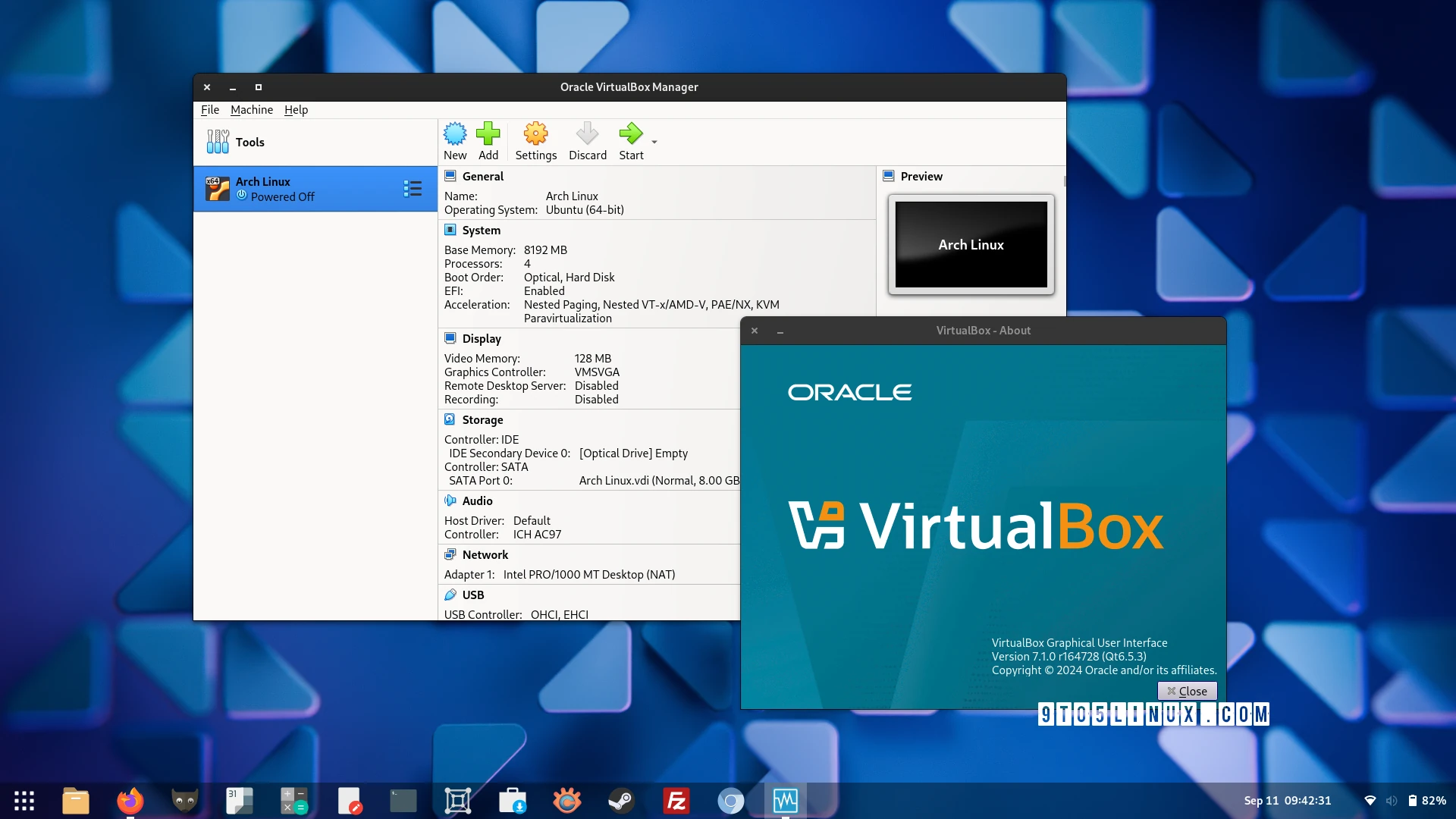Who cares. Why use sub par Type 2 virtualization with DKMS modules when you can use built+in world class, industry standard, Type 1 hypervisor with Qemu+KVM and Virt-Manager? Already has clipboard sharing with qemu-guest-agent.
I totally agree with you on the Linux side. However, I first got into Linux by using it in Virtualbox on Windows. In the Windows world, as far as I know, it’s the easiest-to-use free-as-in-beer1 hypervisor, so long as UEFI support has improved since I last used it.
1: I say this because of the non-libre extension pack.
Hyper-v is bundled with windows now and is just as easy to use as virtualbox (slightly easier for windows guests since the drivers are bundled in the os)
Who would have thought? I’ve hardly touched Windows in over 2 years (mostly other people’s computers and the occasional app in my GPU-accelerated VM) so I haven’t kept up much.
I mean yeah, Qemu/KVM is Linux software. We’re talking about Linux here. Ain’t ever heard of that other thing you speak about. Think I I stalled it once in a VM to run some firmware update on some obscure device.
Virtualizing Windows 10 for various binbows-only work stuff
Virtualizing Windows XP to run Office from before it started sucking
Why would these not work in KVM exactly?
Ok so I guess I am the stupid because I always assumed kernel-level virtualization meant that you were limited to guest OS’s that used the Linux kernel. I was drawing incorrect connections to Docker
TIL
Yeah virtualization and containers are very different things. That said virt-manager can be used with LXC as well :)
For XP, the machine KVM presents as may be too new, but that isn’t an issue with non-virtualized QEMU.
I think it should work with some version of the Q35 chipset, if not
PCshould work. But Wine might be a better option if you just want to run some old version of office (or frankly just use LibreOffice)
Because at least for me getting a shared folder to work was a total pain in the ass. Virtualbox just worked in that regard.
Again, just install qemu-guest-agent. You can even drag and drop files.
Because they are for different use cases. I use QEMU+KVM on desktop for games and 3D CAD software, because of its undeniable performance advantage. But on work laptop, I use VirtualBox to test my software on different platforms. On VirtualBox it’s relatively easy to initialize a VM, configure network, file sharing and device passthrough, and its snapshot feature allows me recreate the same environment for troubleshooting
All this is true using Virt-Manager… Especially if you use the qemu-guest-agent.
I just looked them up and maybe you are right. But QEMU definitely lacks a GUI config tool that is both easy to use and allows for advanced features like snapshots. So far the only ones I know is GNOME Boxes and Virt Manager, and neither is as good as providing handy ways to configure as VirtualBox. I could probably just write the XML config or QEMU command by the documentation, but next time it could be a different scenario so I have to investigate the docs and maybe a few more forum posts. In VirtualBox, the buttons that do everything for me are always there
But QEMU definitely lacks a GUI config tool that is both easy to use and allows for advanced features like snapshots.
Let me say it louder for the people in the back: https://virt-manager.org/
It literally does everything you mentioned, including allowing you to edit the XML files manually to reach advanced or obscure features that are not exposed. And it can do it remotely via SSH, and it managed LXC and Xen too.
Last time I tried Virt manager, I couldn’t figure out bridge networks and ended up corrupted the XML config for the VM. Skill issue for me I guess
Bridge networking should be as simple as selecting “bridge” in the network interface setting and putting the name of your bridge interface… You can create a bridge interface with Network-Manager. Or use macvtap.
Use software owned by Oracle? Fuck that, I would rather get mauled by a bear.
Neat. As I am in the process of fully migrating to wayland, it is good. I only work as a teacher, so I don’t really concern about licensing, lol.
Maybe it can be installed in Debian 12 now without much trouble…







